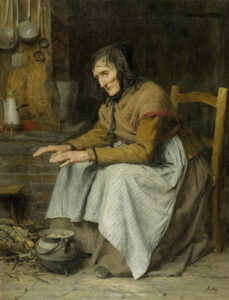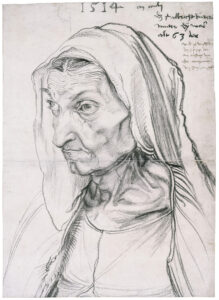
A goddess with wrinkles
Who paints older women? A look at art history shows that painters have always struggled with the subject matter and that they usually needed a pretext to even depict them at all.





Who paints older women? A look at art history shows that painters have always struggled with the subject matter and that they usually needed a pretext to even depict them at all.



